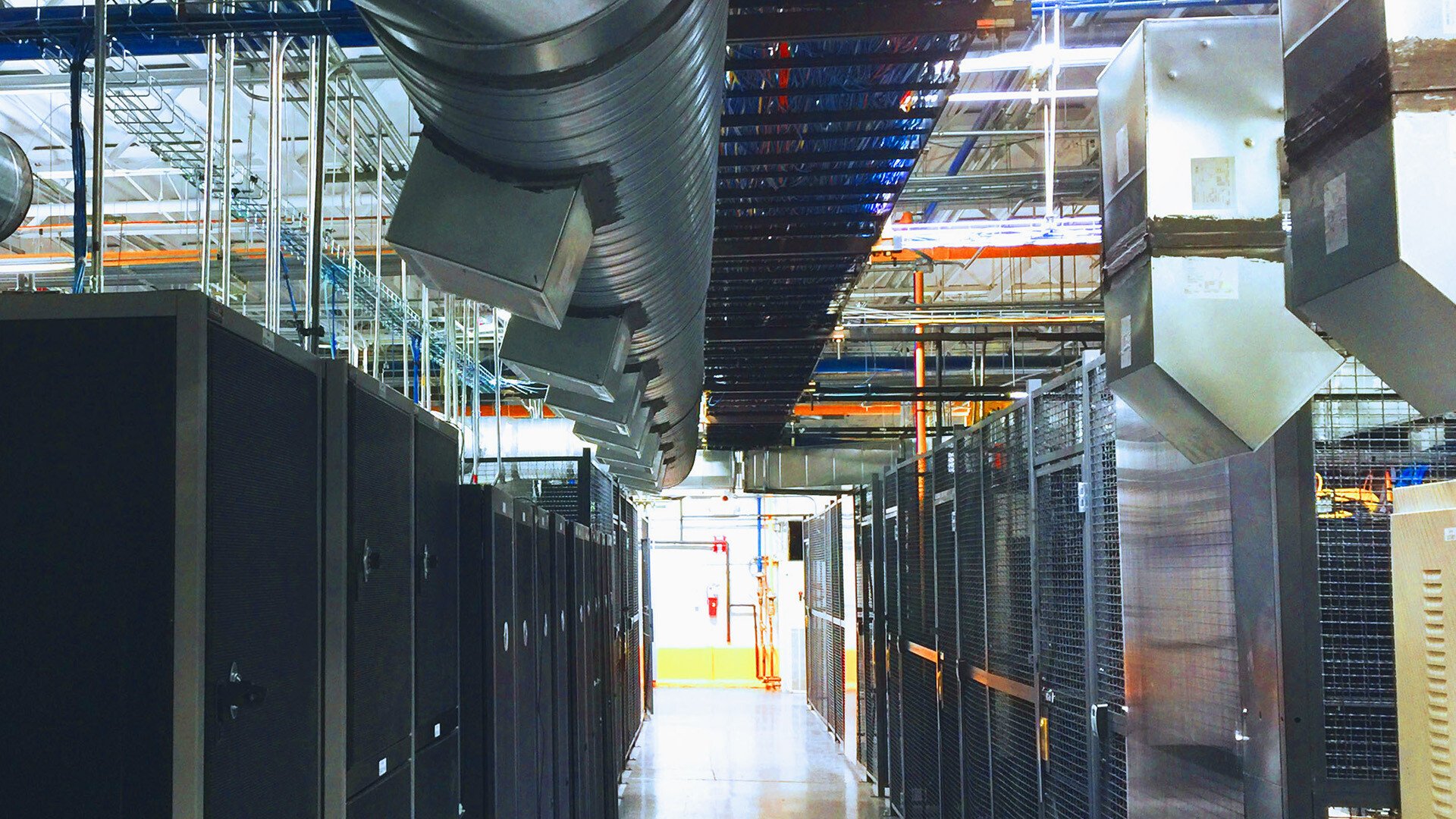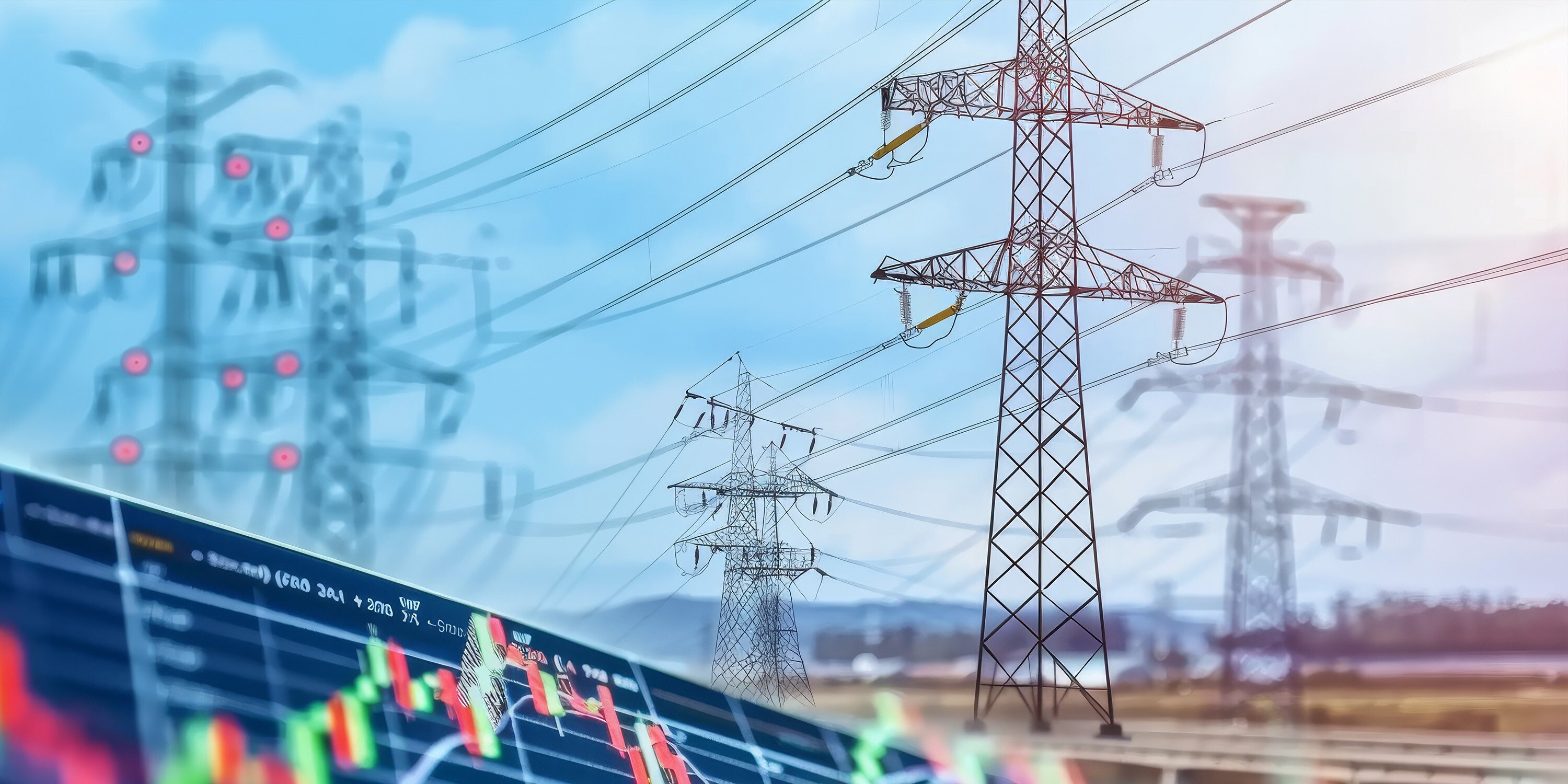Energy Procurement | January 15, 2025
Meeting the Demand: The Impact of Data Centers on Energy Infrastructure
The Explosion of Data Centers
Data centers have been a major topic of discussion in the energy industry for several years due to their high energy consumption. With aggressive expansion expected in 2025 and beyond, utility companies will face significant challenges as data center companies continue to build greenfield facilities, convert brownfield ones, and squeeze additional capacity out of their legacy sites. Business owners in other industries should understand the implications of new data centers, as energy accounts for up to one-fifth of a building's operating costs. Increased demand on the grid can lead to reduced supply and higher rates. Utilities nationwide are working to manage this surge by making grids more flexible in terms of both generation and handling generation loss.
Energy Demand Overview in Wholesale Electricity Markets
Data center growth is affecting independent system operators (ISOs) in the wholesale electricity market differently. However, all markets anticipate some demand increases due to data center development.
ERCOT
The energy demand within the Electric Reliability Council of Texas (ERCOT) is projected to substantially increase over the next several years. Monthly energy demand is expected to nearly double from 2024 to 2030. With its abundant available land, Texas has numerous proposals for new data centers. Cities outside the Dallas area will provide data centers access to previously unavailable wholesale markets. Consequently, major grid adjustments will be necessary to accommodate the influx of energy requirements.
PJM
Data centers are also rapidly expanding into the PJM Interconnection region, significantly impacting the area's energy demand. PJM's latest load forecast highlights an annual load growth rate of 2.4%, primarily driven by the surge in data centers. Northern Virginia, in particular, is becoming a hotspot for these developments, powered by Dominion Energy. Similarly, PJM's current capacity of 150 gigawatts is forecasted to rise to 180 gigawatts. This growth necessitates substantial infrastructure upgrades and capacity planning to ensure grid reliability and meet the increasing energy requirements.
ISO-NE
Independent System Operator - New England (ISO-NE) currently has relatively few data centers and isn't a major market for data center development. However, there is growing potential for data centers to come to the region as demand increases. Despite this potential, New England might face challenges such as higher power costs and location issues compared to other areas like Virginia. As a result, data center development in New England is likely to happen at a slower pace than in other regions, though demand growth is still expected due to other factors including electrification, population growth, economic activity, and peak demand variability.
Ensuring Accurate Load Predictions
While the prediction for major increases is significant, it is crucial that these predictions are accurate to maintain grid reliability as data center proposals pour in over the next several years. System planners face challenges in ensuring accurate load predictions due to the influx of data center projects. Real estate investment trusts (REITs) and other real estate entities are increasingly entering the data center market, leading to a surge in load requests that are not always accurate. Unaccustomed to these requests, Utilities are trying to protect themselves by distinguishing between genuine and false requests. The panic created by data centers has led to potentially inaccurate load forecasts, particularly in ERCOT. To address this, some recommend making deposits nonrefundable to ensure commitment and reduce false requests.
Optimizing Market Impacts
Demand Response
To curtail usage, many data centers participate in demand response programs, which have been beneficial for both the grid and the centers. Incentivizing demand response is one way utilities can reduce pressure on the grid. Data centers using demand response can flex their loads by utilizing batteries or other forms of power regeneration.
Onsite Generation
Another recommendation for increased grid resiliency is to encourage data centers to generate their own power. Several data centers already operate on a proverbial energy island, avoiding impacts on the grid. This approach prevents software glitches or other major grid disruptions from affecting other users.
Ancillary Services
ERCOT is leading the way in changing ancillary service modules to handle large loads, and other markets are also adapting to manage significant contingencies. The interconnection status of data centers affects their responsibility for ancillary services, requiring ISOs to plan their ancillary service models accordingly. Data centers operating independently do not contribute to grid reliability, and if they go dark, the grid should not be held responsible. Therefore, ensuring that data centers are accountable for ancillary services, even if they are not connected to the grid, is crucial for maintaining stability.
In Conclusion
The rapid growth of data center capacity needs significantly impacts energy demand and grid stability. Accurate load predictions and minimizing impacts to the market are essential to manage this growth effectively.
A trusted advisor can be extremely beneficial to navigating the upcoming changes in the energy industry. Any customers with contracts expiring in the next 8 years will likely face impacts to their rates due to data centers. For help navigating this transition, reach out to an energy expert at Mantis Innovation today!
Related Posts
Discover more content and insights from Mantis Innovation

The Cost of Inaction: Why Businesses Should Act Now on Energy Efficiency
In today's fast-paced business environment, the financial and operational losses businesses incur by delaying energy efficiency improvements, the "cost of inaction," is more relevant than ever.

In today’s AI era, human intelligence is the key to data center facility and energy optimization
Nowhere else in modern industry do artificial and human intelligence converge with such transformative potential as in the world of data centers. As AI's extraordinary growth accelerates demand for

Five Trends Driving Data Center Facility Energy Optimization
Today’s digital economy, commercial and industrial digitalization, and the recent explosion in artificial intelligence and machine learning (AI/ML) powered computing are driving massive growth in

Navigating Energy Procurement: Strategies to Manage Risk
When procuring energy for your commercial business, it can be difficult to weigh the risks associated with buying strategies. How do you know your procurement strategy is the right one? How


